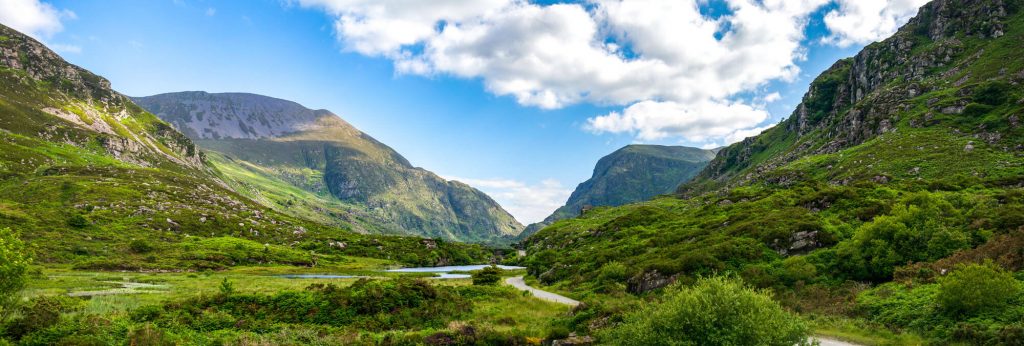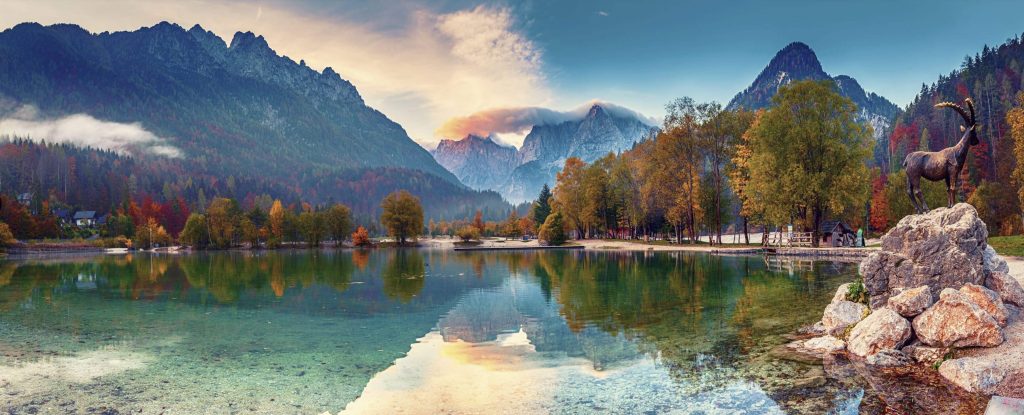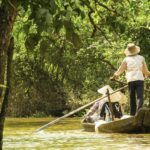social responsibility/sustainability
awareness of cultures, nature and the environment is what “softly” is all aboutThroughout the 20th century and into the early 21st century, humankind took more from our planet than we gave. Pollution, waste, population growth, and a rising gap between wealthy and poor all contribute to a planet that is less healthy than it was before the industrial revolution.
Journey Softly believes that social responsibility and environmental sustainability must become an intentional part of international travel. This starts with awareness. There are three main challenges we see with social responsibility and sustainability.

Challenge 1 – Overtourism
There are places in the world where the number of tourists have simply overwhelmed a destination’s ability to support visitors in a healthy way. Let’s look at Venice as an initial example. In a typical year, around 20 million tourists visit the canals and waterways of this northern Italian jewel. During the peak summer season, there are more tourists than residents in the city – many of whom disembark from cruise ships for six hours of exploration. The result has been an increase in pollution, a strain on the physical infrastructure, and a transformation of the economy as businesses shift their products and services to cater to tourists instead of locals. Property values rise and more and more residents move away, creating a drain on the local community. To help combat this, Venice has instituted a tourism tax for daytrippers to the city.
A second example of overtourism is Machu Picchu in Peru, a multi-day hop from Lima requiring planes, trains and automobiles. Currently, nearly 1.5 million people visit the iconic Citadel each year. The country has taken some care to limit the impact on the region. The national park now limits entries to 2,500 per day with a 400 person limit on climbing the Huayna Picchu peak. The mandated buses that make the 9 km run from the service town of Aguas Calientes to Machu Picchu now run on natural gas, which reduces impact on the environment. But the lines to visit are still long as tourists and their cameras clog the entrance and the overlooks as they try for that perfect selfie. Even at this level, the damage to ecology has been noticeable. Plants are been trampled, insect and bird populations are reduced, and repairs around the ruins are constant. And the signs for the future are foreboding. A new international airport scheduled to open in 2026 in the Sacred Valley between Cusco and Machu Picchu will make international access easier than ever, allowing even more people to visit and placing more strain on the environment.
Ways you can combat overtourism:
- For busy cities like Venice, consider shoulder season or off-season visits instead of traveling during the peak of summer, when the most tourists visit.
- For eco- and historic sites like Machu Picchu (and marine reserves like Galapagos and wildlife sanctuaries like safari sites in Africa), support efforts to cap daily visitors or enforce limited time entries. Machu Picchu now limits visits to a four hour window, instead of unlimited access during the day as had been done in years past. They are considering eventually shortening that window to as little as one hour.
- Include less-touristed destinations in the mix. Make time to include visits to Arequipa or Puno in Peru, and Verona or Bergamo in Northern Italy. Or alternate your destinations. If you visit Machu Picchu next year, consider a trip to less-visited Cambodia and Laos the following year.
- Always take what you bring, and leave what you find. Make sure your granola wrappers and empty water bottles end up in garbage cans or recycling bins and not on the ground. For greater impact, buy fruit locally and bring your reusable water bottle to reduce your footprint. Leave all rocks, sand, and tempting natural mementos where you find them. Take photos and memories home with you instead.

Challenge 2 – Undertourism
Multiple sources indicate that tourism represents around 10% of the global economy. Large segments of the world’s population are in some way connected to tourism and travel. Unlike other sectors of the economy, tourism has a direct impact on transfer of wealth from those with financial means to those without. Think about a trip to Guatamala. While in country, you are eating at restaurants, shopping at local markets, tipping your drivers and guides. Your hoteliers and tour operators are hiring locals to work in their restaurants, clean their rooms, drive their vans, and show tourists the beauty of the country. This is all income they would not have without tourism. You can only imagine the ripple effect of the near total shutdown of global tourism due to COVID-19.
At Journey Softly, we are committed to introducing clients to countries and regions that are not yet on everyone’s radar, as they continue to grow their human capital and tourism infrastructure.
Ways you can combat undertourism:
- Consider destinations that many travelers would consider “off the beaten path”. Become the first in your friend group to visit Albania or Bolivia.
- Consider private guides and drivers, especially in developing countries where the costs are more reasonable. Encourage them to take you to restaurants where the locals eat. Tip well.
- Meet and talk to people. Find out about their lives, their passions, and their challenges. If you learn about a local charity or social enterprise, consider supporting them when you go home.

Challenge 3 – Carbon Footprint
Over the past decade, many travelers have become increasingly aware of the impact of their travel on the environment. Emissions from cars and airplanes contribute to greenhouse gases that contribute to warming the planet. Journey Softly encourages our clients to consider a couple of ways to reduce their impact on the environment.
First, consider a Carbon Offset. Our friends at CarbonFund.org have a portfolio of Renewable Energy, Forestry and Energy Efficient projects that they channel funds to. Here is how to buy a Carbon Offset:
- Determine the amount of miles you will be flying during your trip. This can include your international flights and any regional flights.
- Input the number of miles into “Air” portion of the Carbon Offset Calculator which will tell you how much each person in your family would need to contribute to roughly offset the emissions from your air travel. (Note this is only an estimate, as airplane model, passenger load, and cargo all play a role in a pure calculation)
- Once the calculator tells you the required contribution amount, you can go to the CarbonFund Donate Page to contribute the calculated amount toward CarbonFund and their emissions offset projects.
Second, if available in your destination, consider incorporating an eco-project or community project in your journeys. Help with a sea turtle conservation project in Costa Rica. Care for rescued dogs and cats in Thailand. Combat malnutrition in India. A limited number of options are available for one-day service. Multi-day options are available in many countries.
Photos: Jiuzhaigou National Park, Sichuan, China; Moll’s Gap, Ring of Kerry, Ireland; Erawan Falls, Kanchanaburi, Thailand; Lake Jasna, Slovenia





